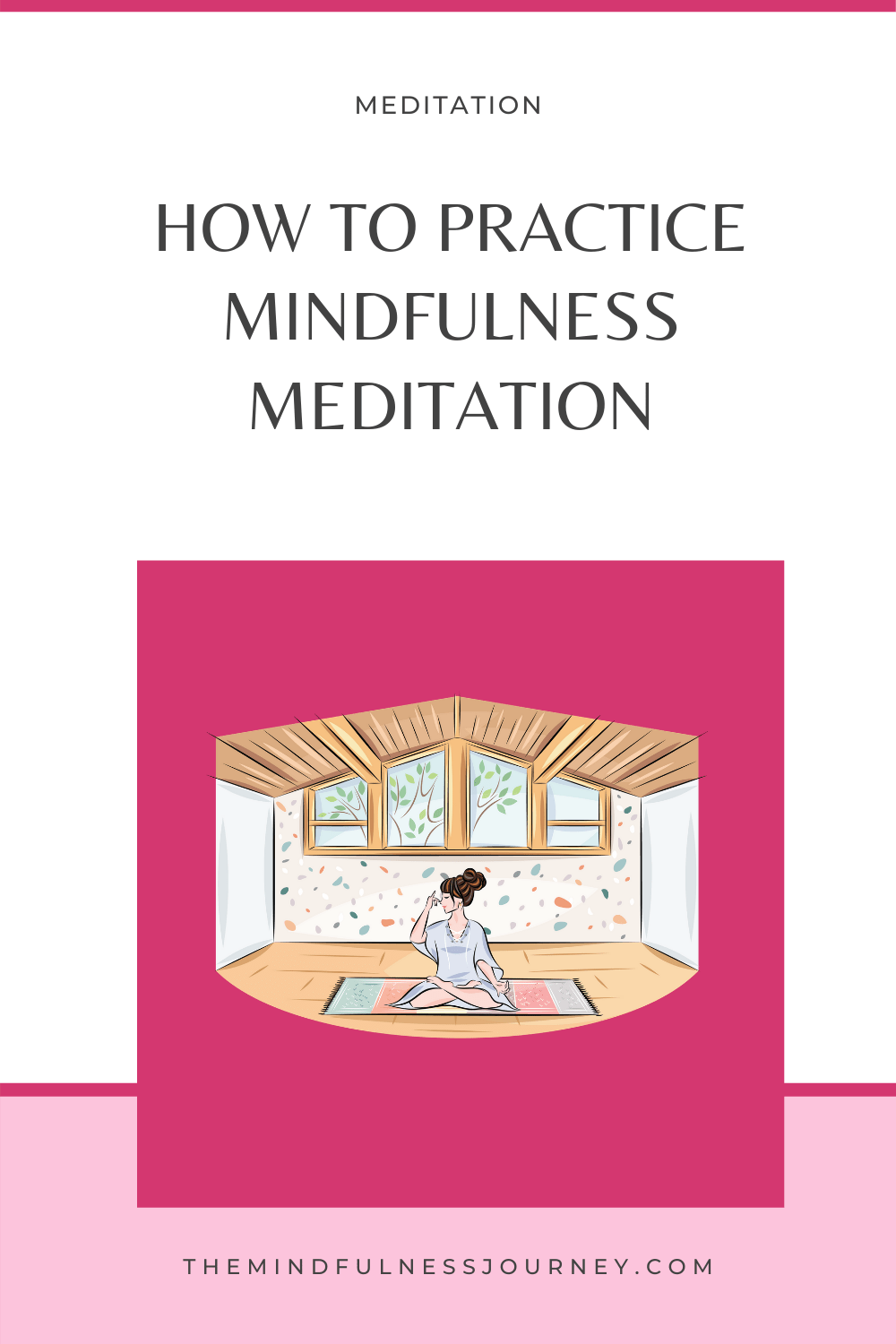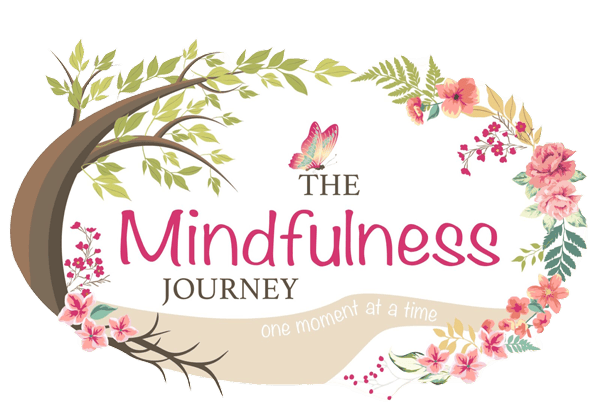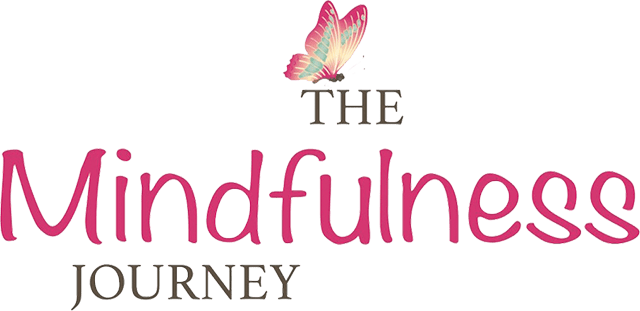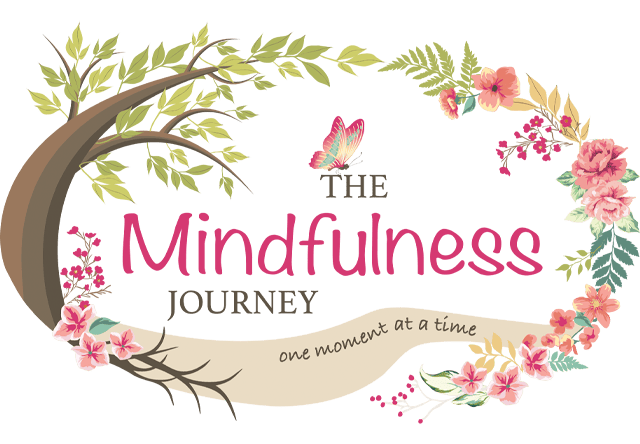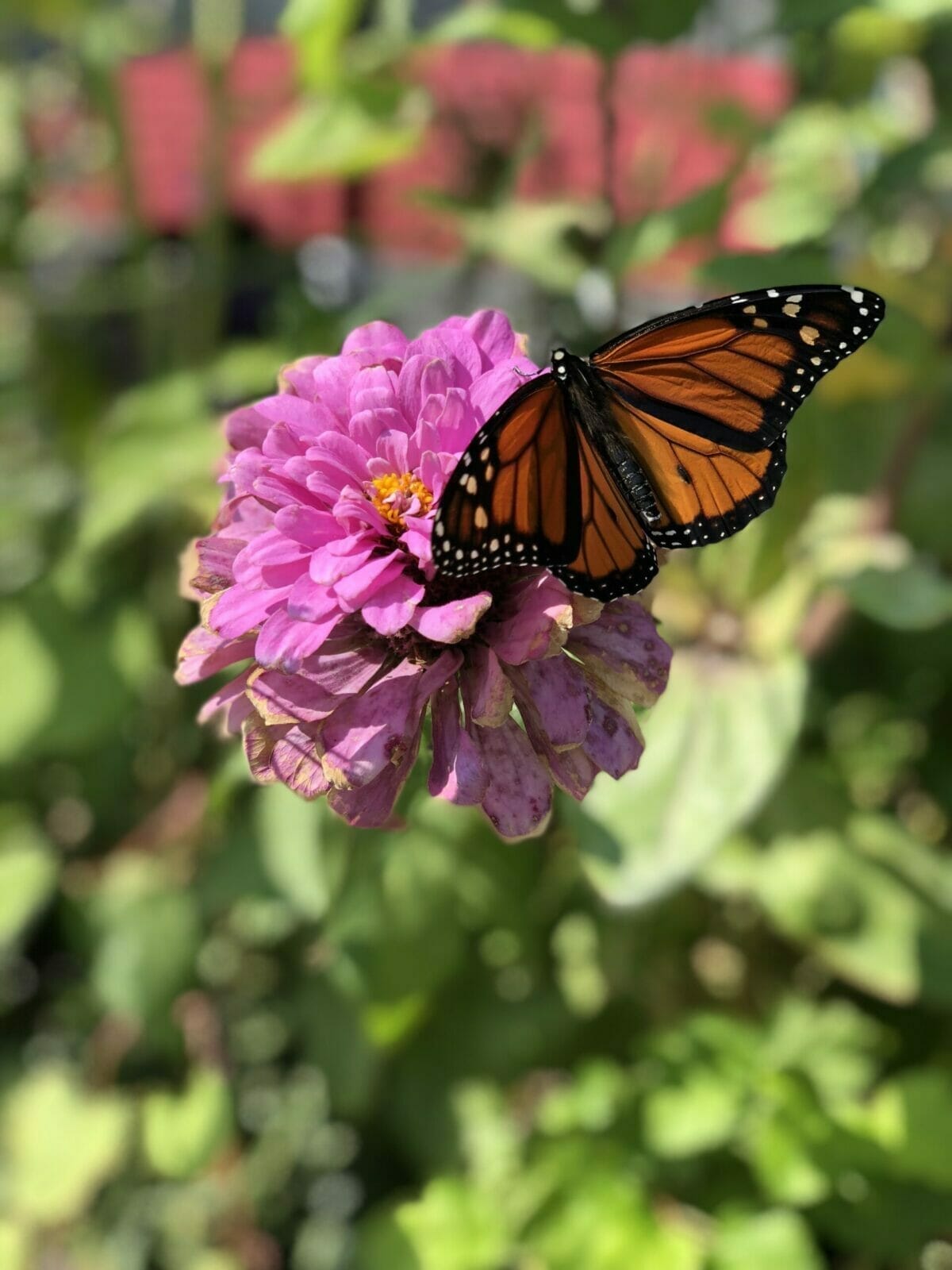
How To Practice Mindfulness Meditation
Mindfulness (in the words of Jon Kabat-Zinn) is the act of paying attention, on purpose, to the present moment with an attitude of kindness, curiosity and non-judgement. This act of paying attention, the ability to be fully present and aware helps us to choose our response in the moment and to not become overwhelmed with what’s going on around us.
There are ultimately 2 ways to practice mindfulness:
- you can sit down for a formal meditation practice or
- by being intentional and aware of the activities, things and interactions that you engage in every day.
In my program, From Overwhelm to Ease, I go into both of these styles of practice and give you everything you need to begin a mindfulness meditation practice.
How to Sit for Mindfulness Meditation
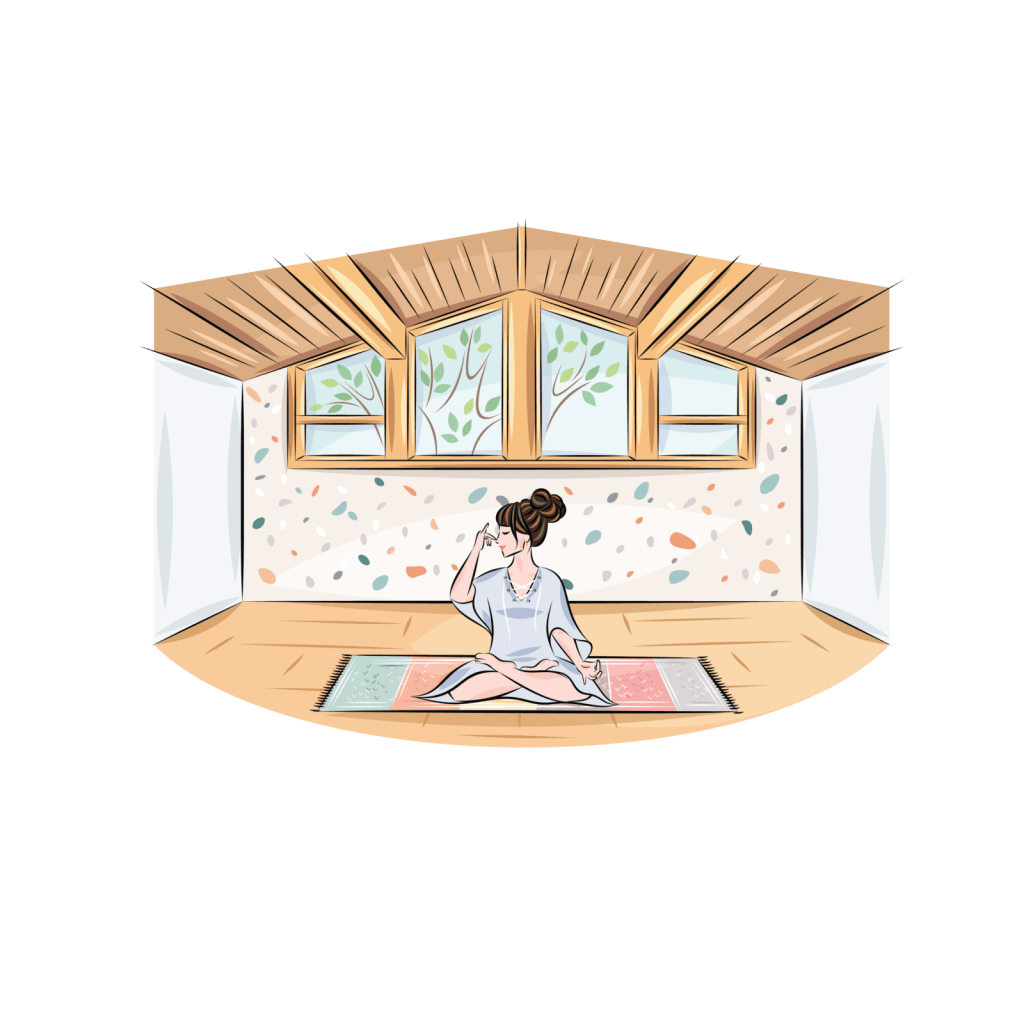
If you’re new to meditating, it can feel a little daunting at times. Questions might arise around how long to sit for? And what to do when (not if) the mind wanders?
To help you ease into a new practice I put together this FREE challenge. 7 days, 10 minutes or less, $0.
To get started, start off small, just a few minutes a day. Even 3 conscious, mindful breaths, can be a great start to a new practice. The breath is one of our most effective meditative tools and one that we focus on a lot so practicing with the breath is a great first step.
Find a spot in your house where you can eliminate (or minimize) distractions. Turn off your phone, you can leave the lights on or off, find a comfortable place to sit and close your eyes.
When we sit, we want to have an upright posture that helps us to stay alert, on a cushion or chair that offers support and a solid seat.
Sit with either your legs crossed or your feet flat on the floor. Place your hands in your lap and your palms can be up. Notice if your instinct is to clench your hands.
Keep your chin relaxed, jaw loose (not clenched) and your eyes either closed or with a soft gaze not really seeing anything.
Spend a few moments with your breath. Notice it in the body. Where is it felt the strongest. See if you can follow it as it enters and as it leaves your body.
[Tweet “Take a seat, pay attention to the breath, and when your attention wanders, gently bring it back. “]When your breath wanders, as it 100% will do, gently guide it back. There is no need to react or to start in with judgements. Minds wander, it’s what they do. Notice when it happens and begin again.
Sit in this space for as long (or as little) as you like. When you are ready, slowly open your eyes and come back to the room.
That’s it, that’s the practice. :)
Mindfulness in every day life.

Nearly everything that we do in a day can be done mindfully. Brushing our teeth, washing our hair, going for a walk, talking to a friend or even sitting down to a meal.
Being mindful of our actions means that we are paying more attention to what we are doing. Instead of mindlessly going through the motions we are tuned into our senses, noticing our thoughts and emotions.
When we build mindfulness into our day we start to see the benefits even when we aren’t sitting on the cushion.
Being in the moment helps to reduce our feelings of overwhelm and stress. Because it’s no longer about the 500 things we need to do but just the one thing that we are doing in THIS moment.

